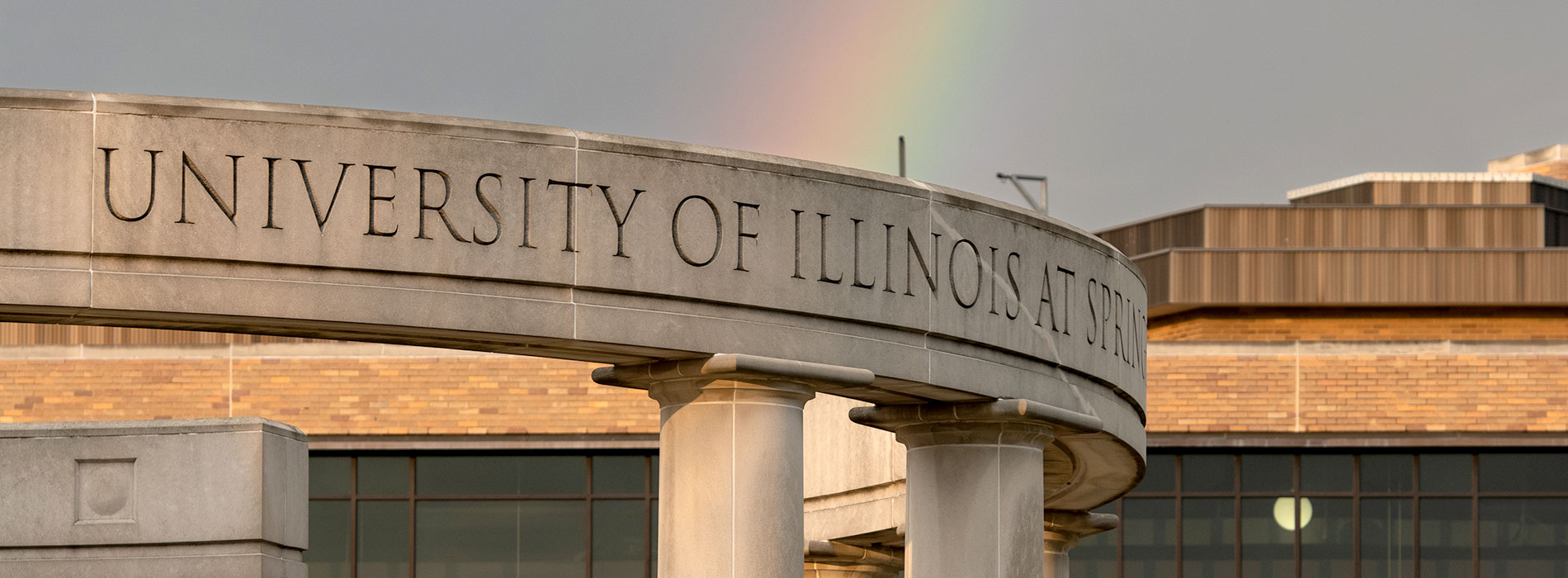Participants gather over a common goal and find solutions. Group synergy allows for new ideas to be dynamically constructed and recapitulated. Brainstorming is generally conducted in a synchronous session so that ideas can quickly develop; however, it can also be done asynchronously allowing for participants to consider options over time.
Appropriate Content Areas
Good for any process oriented course. Can also be used in political science or other fields involving social analysis. May also be attached to other group activities as an initial function.
Examples
Goals & Objectives
Generally, the goal of brainstorming is to come up with a solution to a problem or ideas to start a project. The problems can be as open-ended as how should a given item x be presented in context y with z resources. Below are some sample goals statements.
After actively participating in a brainstorming session, students will…
- compare and discriminate among ideas,
- assess the value of various solutions,
- arrive at a consensus on the given solution,
- defend their own ideas and those that they choose to adopt,
- predict possible outcomes to a process,
- outline a proposal,
- report their final proposal, and/or
- list possible solutions
…as determined by successfully attending to 80% of rubric items.
Prerequisites
Before beginning a brainstorming session a few things need to be present. The students must be willing to share ideas with a group and accept the viewpoints of others. Prior reading may be needed from which to draw ideas.
Materials and Resources
The instructor must set the goals for the session or provide the guidelines under which the students will arrive at goals. Prior materials may need to be prepared as resources during the brainstorming session. The instructor will want to make available a synchronous or asynchronous tool within which the students can conduct the brainstorming session. The instructor may also want to propose suggested process ideas to the students for use during their session(s).
Guiding Questions for this Lesson
The question can be open-ended such as how can we complete x in context y given z parameters. Other guiding questions from the instructor’s viewpoint may include how well can the students share and compose ideas on problem x in context y given z parameters.
Lesson Outline and Procedure
- In general, students are presented with a problem, situation, or goal.
- As a group, they share ideas and arrive at a consensus on a solution, interpretation, or procedure.
- These ideas are often shared in a dynamic synchronous process. A followup asynchronous discussion time helps to ‘flesh’ out ideas.
- A product is usually shared with the instructor following the session and may be the part of a larger course project.
Teaching Strategies
- Brainstorming can be a useful activity to precede larger projects.
- Brainstorming in groups from 4 to 5 individuals works best in the online environment. Larger groups become difficult to manage, and smaller groups will not have as many ideas. This group size also allows for separation of labor if a larger project is to follow.
- Brainstorming can help as a group forming activity as well. Setting this process up as the beginning of a group project can help the group get to know each other and dynamically create rules for arriving at decisions.
Accommodations
What accommodations may be needed for students with disabilities or other special needs? In situations involving a synchronous tool, accommodations may need to be made to allow full participation by some individuals. Disabilities as overlooked as dyslexia can affect a students ability to effectively participate in a synchronous text-only discourse.
Timeline
A synchronous session should typically allow for at least 10 minutes to one hour of brainstorming. Time requirements will differ depending on how well the group members know each other and the material being discussed. The procedure for the brainstorming may also add time. Asynchronous brainstorming should allow at least 2 days, but no more than 4 days as students will begin to lose interest.
Ideas for Lesson Evaluation and Teacher Reflection
How did the students like the lesson? End of semester evaluations should ask about the usefulness and learning accomplished through such activities. Also, the conversation that occurs during the activity will help guage how the students are enjoying various aspects and whether they are learning and/or participating.
How was student learning verified? Participation is a major assessment factor in brainstorming. A rubric can also be set up to help gauge the quality of any end products. A formative assessment can be used in brainstorming activities that help to start off group projects.
